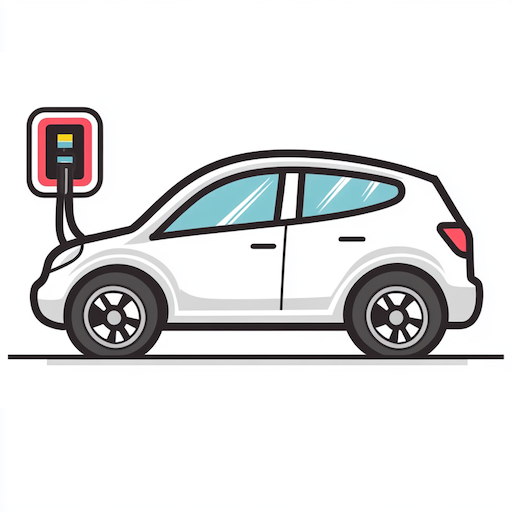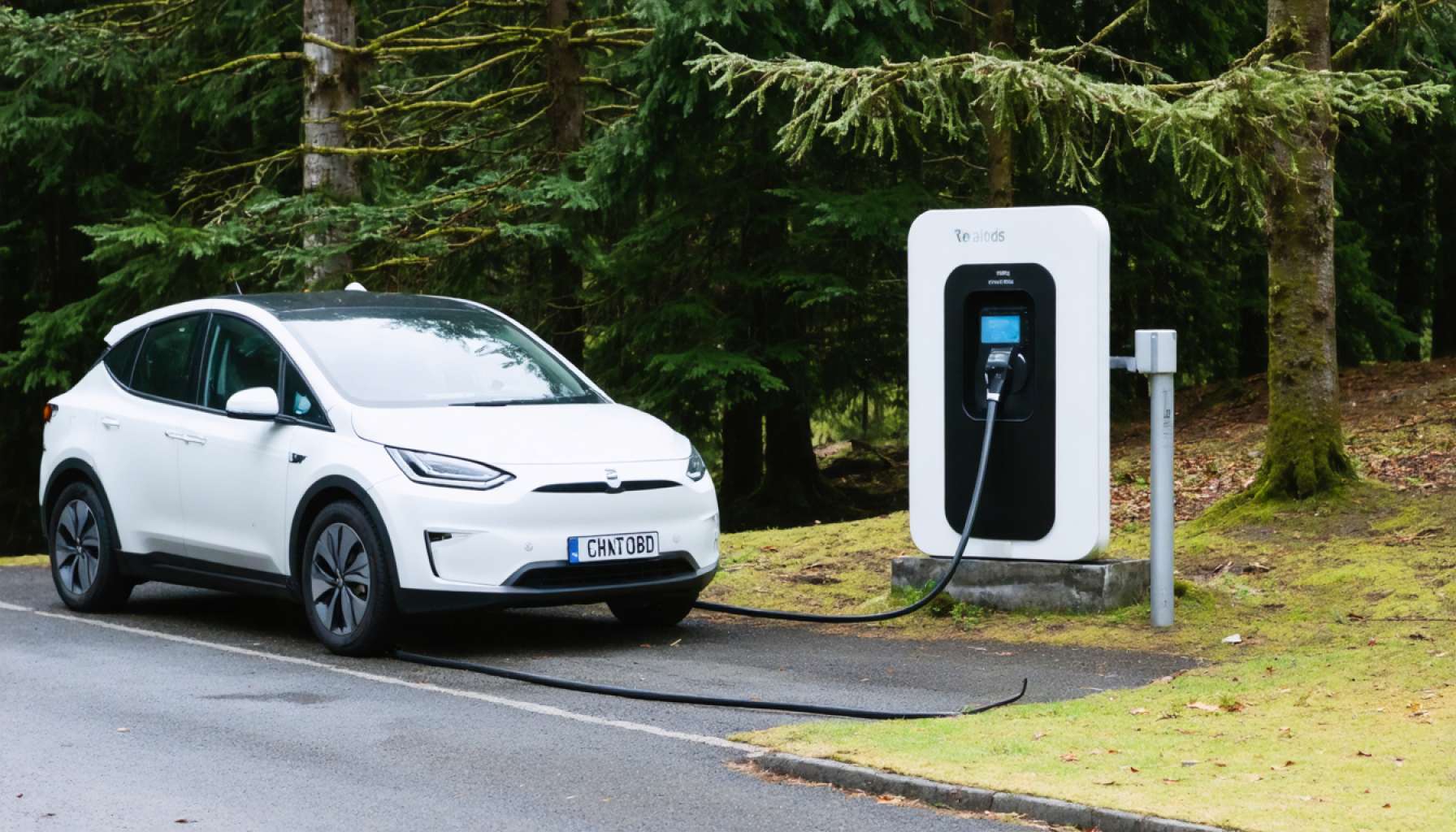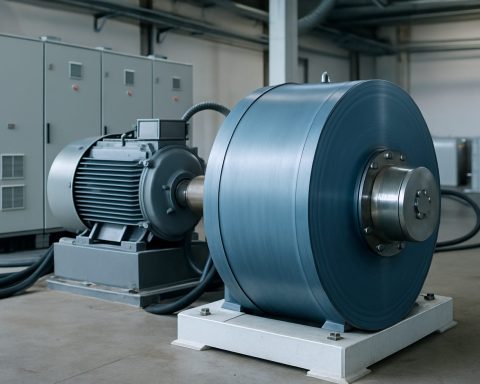- High in New Zealand’s South Island, Springs Junction, a pioneering electric vehicle charging project by Meridian Energy, blends technology with nature.
- The project features two 50 kW chargers and three 130 kWh battery storage units, ensuring reliable power for travelers.
- Energy is stored overnight using recycled Nissan Leaf batteries, allowing for efficient use during the day.
- Despite geographic and energy network challenges, the endeavor illustrates the potential of sustainable innovation in remote areas.
- This project, in collaboration with Melbourne’s Relectrify, signifies a shift towards green energy and reduced emissions.
- Funded by New Zealand’s Energy Efficiency and Conservation Authority, it exemplifies human resilience and ecological respect.
- Meridian Energy’s success demonstrates that the future of sustainable travel is now a reality.
High in the heart of New Zealand’s South Island, where verdant forests hug sinuous roads and human touch is but a whisper, an electrifying transformation has taken root. Here, in Springs Junction, 208 kilometers north of Christchurch, technology converges with nature’s enigma as Meridian Energy brings to life a pioneering project to propel electric vehicle travel into the future.
Under the enamel-blue sky, two gleaming 50 kW chargers stand like sentinels of progress, supported by the hushed power of three 130 kWh battery energy storage units. These batteries, harboring energy harvested from the quiet hours of night, now ensure that travelers can traverse these remote paths without fear of dwindling power.
Crafted with the ingenuity of Meridian Energy in concert with Melbourne’s visionary battery startup Relectrify, this bold endeavor defies the constraints of traditional power supply. Springs Junction—long seen as part of the “charging desert”—now stands as a beacon of sustainable innovation. The energy, stored with precision in recycled Nissan Leaf batteries, surges during the small hours from 11 p.m. to 4 a.m., allowing drivers to charge their vehicles as the landscape awakens with daybreak.
Lauded for its emphasis on reducing emissions and promoting green energy, this site faced immense hurdles. More than the geographic isolation that stretched patience, the team had to grapple with the fineries of the local energy network, a lifeline so fragile it could barely support the boiling of a kettle during peak daylight hours.
Yet, in the dance between limited resources and boundless innovation, a new rhythm was found. Engineers navigated unseen challenges with dexterous adjustments, ensuring the solar hospitality of Springs Junction remains uncompromised.
The takeaway here transcends mere technology; it is a testament to human resolve and ecological respect, guiding a path for others to follow. This project, co-funded by New Zealand’s Energy Efficiency and Conservation Authority, marks a vibrant milestone in the collective journey towards a sustainable future.
Meridian Energy’s achievement serves as a clarion call for the industry: the future isn’t waiting. It’s here, and it’s humming with the vibrant promise of electricity born from the night. As the shadows of evening stretch longer, electric vehicle drivers—heed this: in the picturesque ruggedness of New Zealand’s interior, innovation awaits to power your way forward.
Pioneering Electric Vehicle Charging in New Zealand’s Remote Regions
Overview of Springs Junction EV Charging Project
In New Zealand’s South Island, Springs Junction has been transformed from a mere “charging desert” into a beacon of sustainable innovation. Thanks to Meridian Energy and Relectrify, the installation of two 50 kW chargers supported by three 130 kWh battery energy storage units marks a significant leap forward in electric vehicle (EV) infrastructure. This project showcases the potential for renewable energy solutions in remote and isolated areas, combining cutting-edge technology with a commitment to reducing emissions.
Key Facts and Features
1. Innovative Energy Storage:
– Recycled Nissan Leaf batteries are repurposed to store energy efficiently.
– Energy is harvested during the night, specifically from 11 p.m. to 4 a.m., ensuring availability during peak hours.
2. Overcoming Remote Challenges:
– The site’s geographical isolation and fragile local energy network were significant hurdles.
– Technical innovations and diplomatic project management helped navigate these challenges effectively.
3. Environmental Impact:
– The project significantly reduces emissions by promoting the use of electric vehicles in rural areas.
– There is an emphasis on using renewable energy sources, supporting New Zealand’s broader sustainability goals.
How-To Steps for Setting Up Remote EV Charging Stations
1. Assess Local Energy Needs and Constraints:
– Conduct a thorough energy audit of the area to understand current capacities and limitations.
2. Select Appropriate Technology:
– Use high-capacity battery systems tailored for renewable energy compatibility.
3. Engage with Local Stakeholders:
– Secure partnerships, such as with local authorities and technology providers like Relectrify, to ensure project smoothness.
4. Plan for Maintenance and Monitoring:
– Establish a system for routine checks and immediate troubleshooting measures for reliability.
Market Forecasts & Industry Trends
– Growth of EV Infrastructure: As EV adoption rises globally, the demand for rural charging stations is increasing. Projects like Springs Junction are pioneering examples worth replicating worldwide.
– Renewable Energy Integration: The trend is moving towards integrating more solar and wind energy systems into EV charging infrastructure.
Insights & Predictions
– Expansion Potential: Similar projects may quickly expand across New Zealand and global rural areas, given the success demonstrated by Meridian Energy.
– Technological Advancements: Continued advancements in battery technology, including second-life applications, are expected to drive costs down and efficiency up.
Tutorials & Compatibility
– Battery Reuse Technology: Relectrify’s work demonstrates how to integrate second-life batteries into new systems.
– EV Compatibility: Ensure charging stations are compatible with a variety of EV models to enhance usability and convenience.
Pros & Cons Overview
Pros:
– Sustainable use of second-life batteries.
– Promotion of renewable energy and reduction of emissions.
– Enables EV travel in previously inaccessible remote areas.
Cons:
– High initial setup cost and complexity.
– Dependence on the success of solar and wind energy collection.
Actionable Recommendations
– For EV Owners: Check availability and operational status of rural charging points before travel.
– For Energy Companies: Consider innovative partnerships for sustainable projects.
– For Policymakers: Invest in pilot projects and fund research into renewable integration in rural areas.
For more information on sustainability initiatives, visit the Meridian Energy website.
Projects like Springs Junction underscore the urgency of constructing a sustainable energy infrastructure for the growing EV market, highlighting how technology and nature can harmonize for a greener future.












